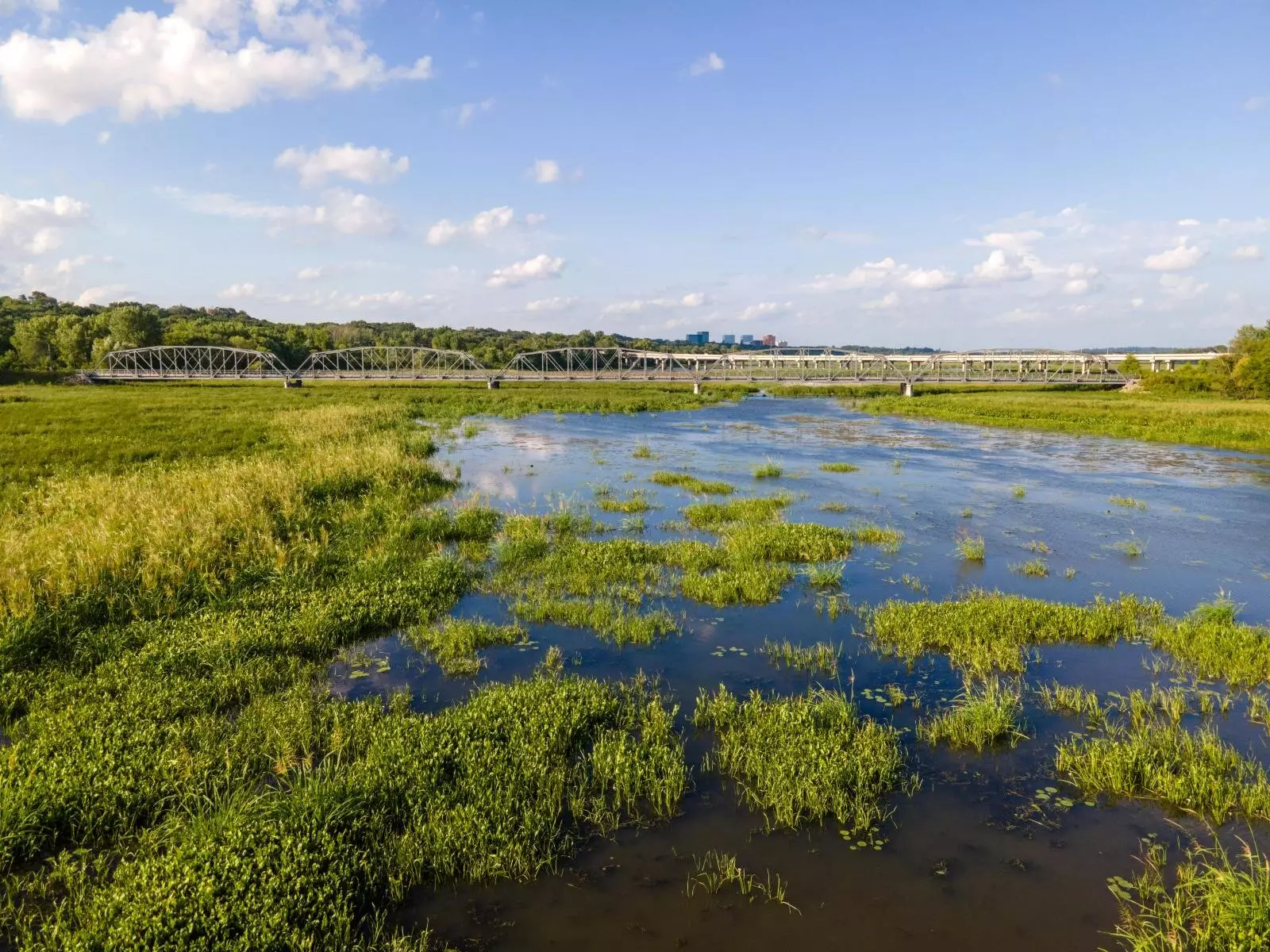Earth system models (ESMs) serve as critical instruments in our efforts to grasp the complexities of climate change and its implications for ecosystems, especially wetlands. Yet, many existing ESMs demonstrate significant shortcomings, particularly in how they model wetland hydrology. These models often use oversimplified representations that do not accurately capture the intricate dynamics of wetland systems. As a result, projections concerning the future of these ecosystems are fraught with uncertainty. This inadequacy is alarming considering the vital role wetlands play in climate regulation, biodiversity conservation, and water filtration.
Revolutionizing Wetland Simulations
A groundbreaking study led by scientists from the Pacific Northwest National Laboratory, Lawrence Berkeley National Laboratory, and the University of Michigan seeks to enhance the accuracy of wetland simulations through advanced ESMs. This innovative research integrates sophisticated physical mechanisms of inundation with a variety of climate scenarios to yield more reliable forecasts concerning wetland dynamics. By refining how we simulate wetland behavior, these researchers have taken a significant step in providing the scientific community and policymakers with data that can inform decisions related to environmental conservation and climate action.
A Stark Outlook: Climate Change Threatens North American Wetlands
The findings of the study reveal a sobering reality for wetlands across North America. Under the projected climate scenarios, there is an anticipated shrinkage in wetland areas by nearly 10% over the continent—an alarming statistic that underscores the urgent threat posed by climate change. This projected reduction is not uniform; rather, it exhibits spatiotemporal variations that can fluctuate by as much as ±50%. This inconsistency, particularly as the driving forces shift from precipitation dependency to temperature influence under high emission scenarios, signals that wetlands may face unprecedented drying during the critical summer months.
Implications for Biodiversity and Ecosystem Integrity
The ramifications of these changes extend far beyond mere statistics; they pose real threats to biodiversity in significant wetland habitats such as the upper Mississippi River, Southeast Canada, and the Everglades. As the seasonal cycles of wetlands are disrupted, the delicate balance of species that depend on these ecosystems for survival is called into question. Such disruptions can lead to cascading effects, diminishing resilience in local flora and fauna, and threatening entire ecosystems that have evolved over thousands of years.
The Call for Action: Mitigating Climate Change for Wetland Conservation
The alarming dependency of wetland projections on various climate change scenarios highlights a crucial point: emission mitigation is not a mere option but a necessity for preserving these vital ecosystems. As scientists and conservationists grapple with the repercussions of climate change, it is increasingly apparent that proactive measures must be undertaken. Not only do we need improved scientific models to guide our understanding, but we also require robust policy interventions to curb emissions and protect our wetlands before it’s too late. The need for comprehensive solutions is critical—not just for wetland conservation, but for the health of the planet as a whole.


Leave a Reply